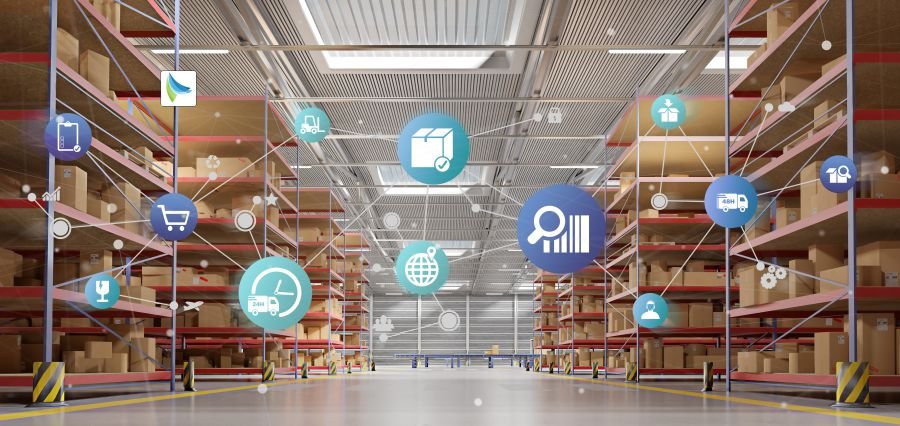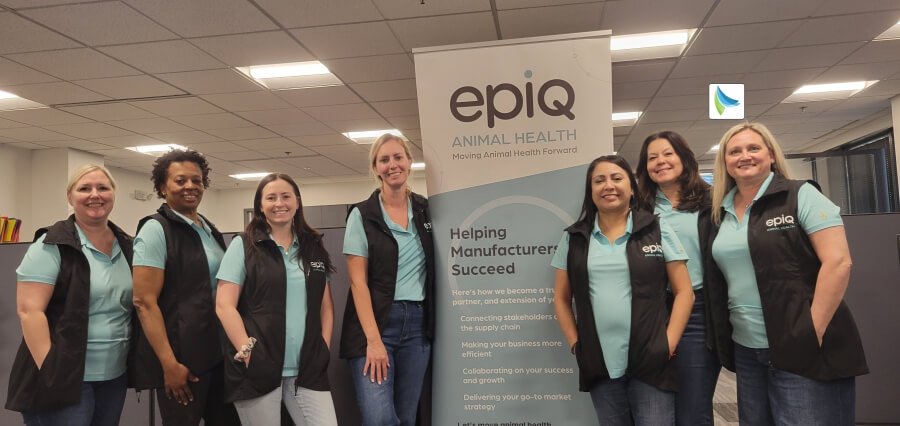Construction of smart factories is re-writing the industrial playbook for efficiency, flexibility, and accuracy. At its core is an increasing reliance on industrial measurement instrumentation providing real-time data and intelligence that informs decisions and automates processes. With increasingly sophisticated devices being built, frustration-free and frictionless communication is becoming even more powerful. Wireless communication protocols have become a key facilitator within this environment, providing scalability, quick install, and remote monitorability.
Why Wireless Communication Matters?
There has been traditional wired communication for industries, but with the limitations of cost, flexibility, and scalability. Physical wire limitations limit factory floor layout and redesigns are cumbersome. Wireless protocols, however, provide industrial measurement devices with the ability to be positioned in hard-to-reach or hazardous locations without cabling inconvenience. Such flexibility is essential for smart factories where floor plans change with process improvement and tech refresh.
Besides, wireless networks are capable of delivering data acquisition and transmission in real-time, which offers timely access to crucial parameters like temperature, pressure, humidity, vibration, and chemical content to engineers and operators. This leads to possibilities for assisting preventive maintenance, quality monitoring, and performance optimization.
Main Wireless Communication Protocols
There are several wireless communication standards which have been designed and tailored for industrial application. Each of them has particular strengths and suitability to application.
- Wi-Fi (IEEE 802.11)
Wi-Fi is probably the most recognized protocol at home and in industry. Wi-Fi provides high data rates and broad interoperability in intelligent virtual factories. This kind of industrial measurement instrumentation that needs high-throughput communications — for instance, instruments used during visual examinations or high-frequency data acquisition — can take advantage of Wi-Fi. Wi-Fi, though, is subject to higher interference and might not be the most appropriate choice for mission-critical applications where no network design and security planning is done.
- BLE (Bluetooth Low Energy) and Bluetooth
Both BLE and Bluetooth are well-suited for near-distance communication and are used extensively in handheld or wearable industrial sensors. BLE, specifically, is characterized by its ultra-low power consumption, which is best suited for battery-operated sensors with limited data stream transmission continuously. Yet, its restricted range and data rate restrict their use in high-speed, large-scale networks of sensors.
- Zigbee
Zigbee is designed for low-power, low-data-rate devices and is optimized to create a mesh network. Zigbee supports devices as data repeaters, which actually extends the range and provides redundancy. It is widely used in industrial measurement instruments being distributed sensors in monitoring environmental parameters within large plants. Its reliability and auto-healing features make it a good choice for dynamic and interference-laden industrial environments.
- LoRaWAN (Long Range Wide Area Network)
LoRaWAN enables long-distance communication with low power usage. It is well-suited to industrial measurement instruments that are geographically dispersed across vast areas of space, such as oil refineries or large manufacturing plants. LoRaWAN is optimized for sending limited data over long distances, so it is notably apt for applications like leak monitoring, air monitoring, and energy use monitoring.
- WirelessHART
WirelessHART is an industrial automation protocol developed specifically for wireless applications. WirelessHART is an upgrade to the HART protocol with added wireless features but retaining backward compatibility with all industrial measurement devices based on HART that are already installed. WirelessHART implements time-synchronized, self-organizing mesh networks that provide data reliability, latency control, and security — all process industry requirements in chemical, food processing, and pharmaceuticals.
- 5G and Private LT
With the advent of 5G, new horizons have been created in industrial connectivity. With ultra-low latency, ultra-massive device connectivity, and very high bandwidth, 5G is going to be the impetus of next-generation smart factories. It will support the most demanding applications like real-time analytics, edge machine learning, and mobile robots. For industrial measuring devices, this translates to immediate communication with centralized controllers, facilitating real-time response and decision-making.
Private LTE networks, applied extensively where 5G is not yet widely deployed, offer the same benefits with added control and security, critical in regulated environments.
Challenges in Wireless Implementation
Along with the tangible benefits, implementation of wireless protocols in the industrial environment is not free of issues. Equipment interference, network traffic, and security threats have to be addressed by proper network design and protocol selection. Interoperability among industrial measuring instruments from different companies, which must use proprietary communication protocols, is also a requirement.
Power management is also an aspect to be considered. Most sensors are powered by batteries, and the protocol selection should meet communication needs against energy efficiency.
The Future of Wireless in Industrial Measurement
As more and more manufacturers embrace smart factories, wireless communication in industrial measurement devices will keep increasing. Edge computing and artificial intelligence will be even more integrated in sensor systems, powering the pervasiveness of real-time analytics and autonomous decision-making. All this innovation requires not only the speed and reliability of communication protocols but also intelligence and adaptability.
New technologies like Wi-Fi 7, 6G, and ultra-wideband (UWB) will go even further in capability with sophisticated location tracking accuracy and reduced latency communication.
Conclusion
Wireless communication protocols are transforming the way industrial measurement devices communicate with each other in smart factories. They provide unprecedented scalability, adaptability, and real-time responsiveness, all of which are of utmost importance to industrial processes of today. Where no single protocol can be all things to all places, the correct selection — or set — best suited to the particular application and setting can really drive enhancement and operational efficiency. With technologies evolving further and factories becoming increasingly integrated, wireless communication will be at the center of this transition, driving industrial intelligence into the future.
Read More: Advances in Electronic Test Instruments for 5G Network Validation
















